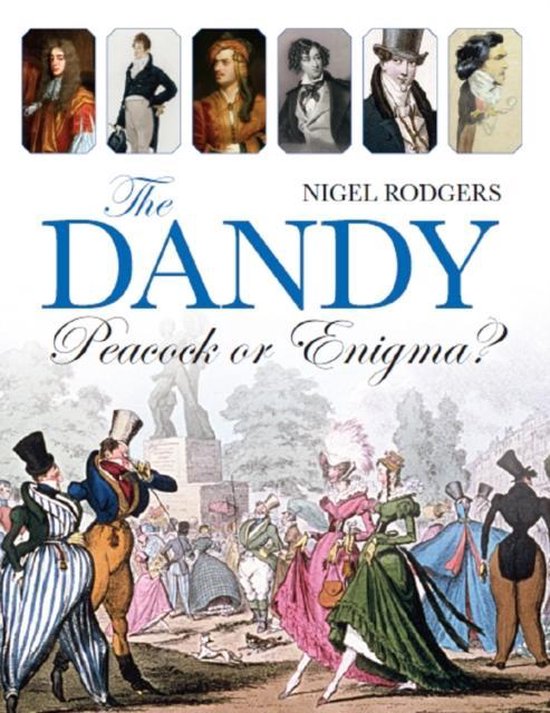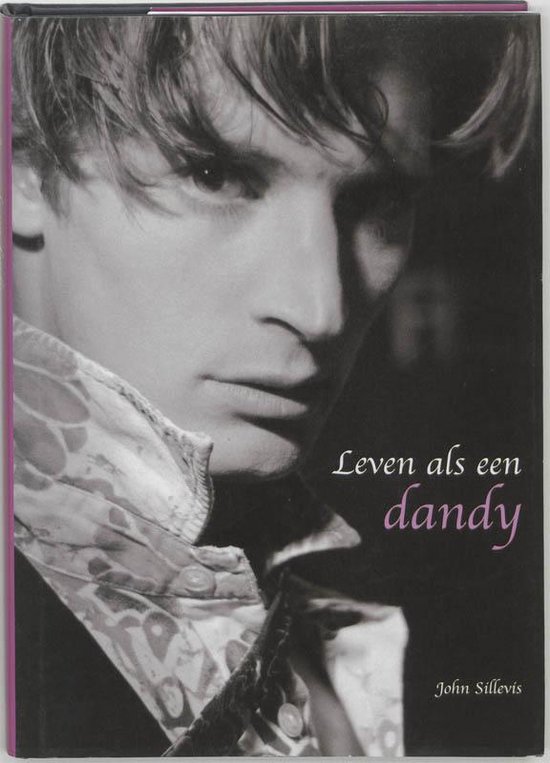
The Dandy
A look at the phenomenon of the dandy from Regency England to the contemporary Congolese Sapeurs, with stops at Wodehouse, Wilde, Grant, and more
The dandy is not just an elaborately or even well-dressed man, nor is he an exclusively English phenomenon. He is something far more universal and intriguing, and this study explores his cultural significance. It starts with Beau Brummell, acknowledged as the very first dandy, a man whose ancestors had been servants, yet who invented a new paradigm of courtesy, wit, independence, and elegance to lord over the aristocrats of England. Brummell died in exile, forgotten and impoverished—the best dandies often die in debt. But his image lived on, to haunt and inspire generations around the world, from the boulevards of Paris and St. Petersburg in the 1830s to the studios of Hollywood a century later. Byron, Disraeli, Bulwer, Pushkin, Chopin, Delacroix, Balzac, Baudelaire, Wilde, Proust, Boni de Castellane, Hugo von Hofmannstahl, Beerbohm, Noël Coward, Cary Grant, Fred Astaire, Vladimir Nabokov, Ortega y Gassett, Mikhael Bulgakov, Evelyn Waugh, Scott Fitzgerald, Tom Wolfe, Nick Foulkes—all were bedazzled by the image of the dandy.
| Auteur | | Nigel Rodgers |
| Taal | | Engels |
| Type | | Hardcover |
| Categorie | | Mens & Maatschappij |



